And for the lighter side to end the week, via xkcd:
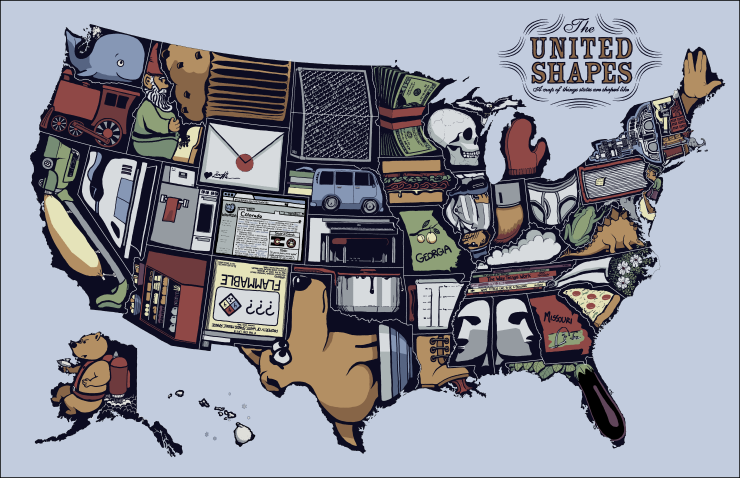
The Slovakian government has published the results from its 2011 census. The census looked at many things, including nationality and language. This should allow the government in Bratislava to better fund and support the ethnic minorities in Slovakia.
Of course, some of my ancestors were one of the small ethnic minorities in Slovakia. Ergo, I have a personal interest in the data. The result is a quick infographic about the Carpatho-Rusyns of Slovakia. Click on the cropping below to learn more, meaning, see a bigger and fuller version.

Credit for the work goes to me. For the data, the statistics office of Slovakia.
The National Post’s business section, branded separately as the Financial Post, posted a comment about a proposed bridge that would span the Detroit River and add a third major crossing to the Detroit–Windsor area. The comment used a graphic to explain one of the key points of the story, that early 21st century traffic projections haven proven to be very much incorrect. Unfortunately, it took me a little bit of time to realise that in the graphic.
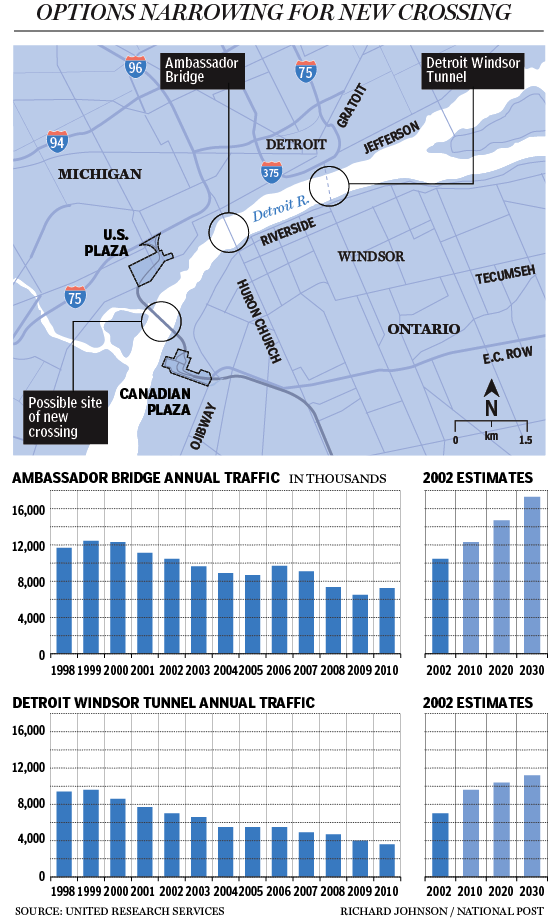
So without access to the raw data provided by United Research Services I have made a quick attempt to improve the graphic within the confines of Coffee Spoons’ main column space, i.e. 600 pixels. The original locator map is quite useful and therefore not included in my effort.

My main issues with the charts are the separation of the estimates from the actuals and the spacing between the estimates. I would have preferred to have seen, as in my example, how the actuals for 2010 fell far short of the 2004 projections. Ideally, I would have liked to have seen the original estimates for the intervening years between 2010, ’20, and ’30, however that data was not provided in the comment if it is even available from the original source. Consequently, unlike the original, I have kept the spacing of the actual data in the estimates with the intervening gaps.
The subtle effect of this increased spacing is to reduce the visual speed, if one will, of the projected growth. Over the original and narrower space the rate of increase appears fairly dramatic. However when given the correct spacing the ‘time’ to reach the projections lengthens and thus the rate ‘slows down’.
Credit for the original piece goes to Richard Johnson. The reinterpretation and any errors therein are entirely my own.
So my prediction of the health care law being thrown out did not come to pass. But what will pass is the space probe Voyager 1 out of the solar system in the very near future. (Don’t worry unlike Voyager, I will return—albeit to the original subject matter next week.) So from the National Post we have an infographic that details just what is Voyager 1. (And no, it is not V’ger, that was the fictional Voyager 6.)
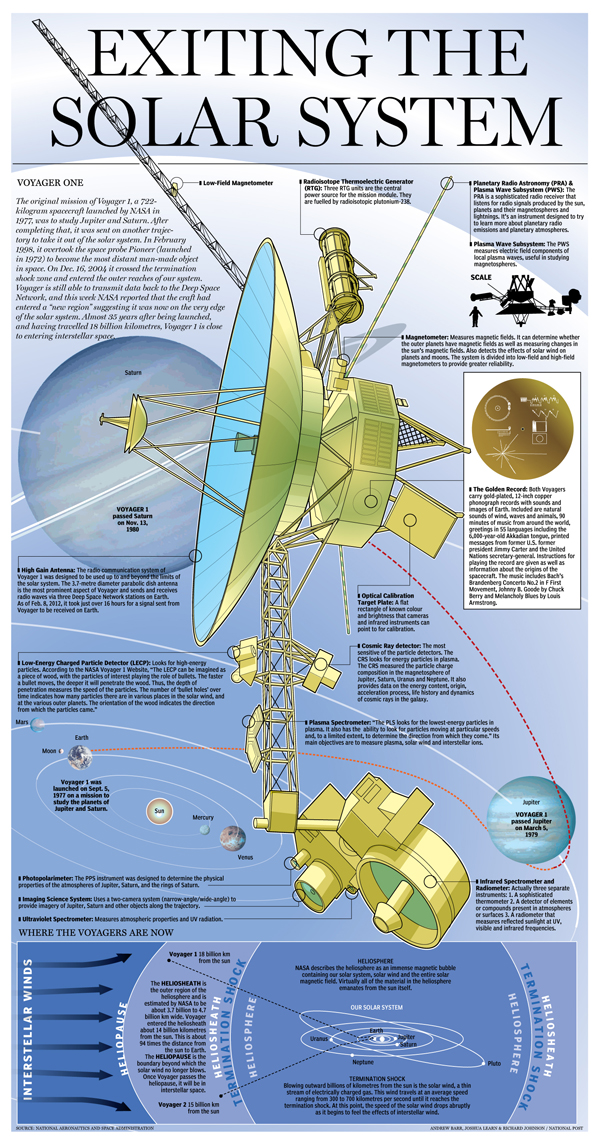
Credit for the piece goes to Joshua Rapp Learn, Andrew Barr, and Richard Johnson.
This is certainly not the largest, nor the most glamorous infographic. But to drivers in Los Angeles, probably a very useful one. It is a diagram of forthcoming changes to a series of on- and off-ramps to Interstate 405 and Wilshire Boulevard.
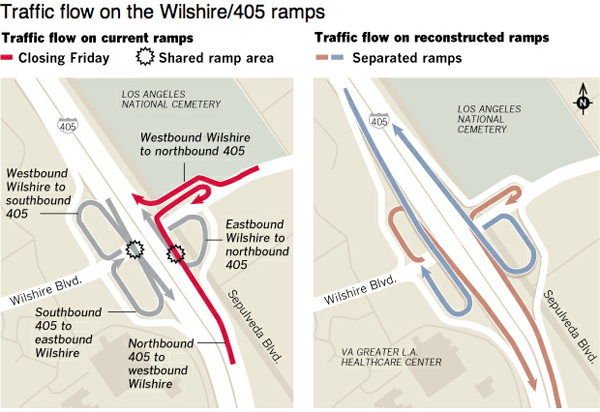
Simple things like having a dangerous red for the soon-to-be-closed ramps set against the calmer, desaturated colours of the safer, separated ramps of the future highlight the important area of the shared lanes. I probably would have called those areas out with something more than a black, many-pointed star, but it does still work.
Credit for the piece goes to Tia Lai and Anthony Pesce.
Oil, sweet oil. How we depend upon you for modern civilisation. BP published a report on world energy that Craig Bloodworth visualised using Tableau.
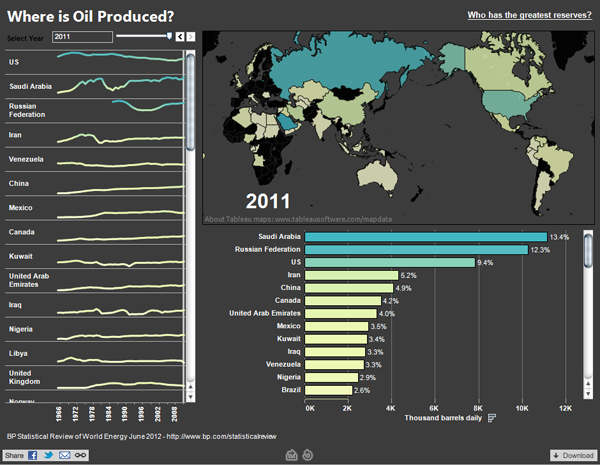
The piece has three tabs; one is for production, another consumption, and a third for reserves. (The screenshot above is for production.) But when I look at each view I wonder whether all the data views are truly necessary?
In production for example, is a map of a few countries truly informative? The usual problem of Russia, Canada, the US, and China dominating the map simply because they are geographically large countries reappears. Furthermore the map projection does not particularly help the issue because it expands the area of Siberia and the Canadian arctic at the expense of regions near the Equator, i.e. the Middle East. That strikes me as counter-intuitive since some of the largest oil producers are actually located within the Middle East.
A map could very well be useful if it showed more precisely where oil is produced. Where in the vastness of Russia is oil being sucked out of the ground? Where in Saudia Arabia? In the US? Leave the numbers to the charts. They are far more useful in comparing those countries like Kuwait that are major producers but tiny geographies.
Lastly about the maps (and the charts), the colour is a bit confusing because nowhere that I have found in my quick exploration of the application does the piece specify what the colours mean. That would be quite useful.
Finally, about the data, the total amount of oil produced, but more importantly consumed, is useful and valuable data. But seeing that China is the second largest consumer after the US is a bit misleading. Per capita consumption would add nuance to the consumption view, because China is over three-times as large as the US in population. Consequently, the average Chinese is not a major consumer. The problem is more that there are so many more Chinese consumers than consumers in any other nation—except India.
A bit of a hit and miss piece. I think the organisation and the idea is there: compare and contrast producers and consumers of oil (and consumers of other energy forms). Alas the execution does not quite match the idea.
Credit for the piece goes to Craig Bloodworth, via the Guardian.
And not in the polite Galactica way, but more in the let’s drill you, rocks, and split you open. I could go in further detail about the injection of fracking fluids, but let’s leave the double entendre alone and talk about Marcellus Shale. It’s a layer of rocks in the dirt that contain natural gas. It’s a pain in the gas production industry (sorry) and thus is only economically viable when fuel prices are high.
So in the 21st century with high fuel prices, energy companies are hydraulically fracturing (fracking) the rock to suck out all the natural gas. But this might be (probably is) causing environmental problems and thus human health problems. Ergo the controversy. This has now reached New York and so the New York Times created a simple map with some key layers of information to explain the controversy there.

Note the useful layers of depth of the shale and where those intersect (or do not) with areas that have banned or endorsed fracking.
Western Pennsylvania has had similar problems, and the Philadelphia Inquirer has had an interactive special on their website up for a little while now. And by interactive infographic I mean largely just a play-through of static images. Unfortunately, the online content is not of the best resolution and leaves much to be desired. Fortunately the graphics would appear to be quite informative especially as part of a series. A pity they are not entirely legible.
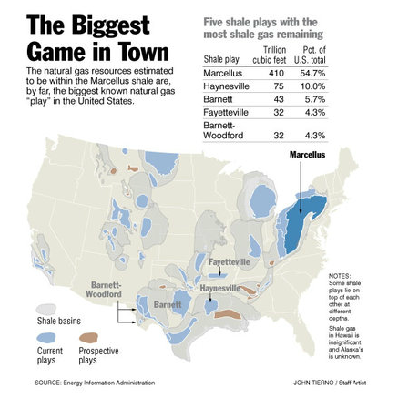
Credit for the Inquirer piece goes to John Tierno.
For the Queen’s Jubilee I had been looking for a good infographic or two about how the United Kingdom had changed over the length of her reign, at least thus far. Alas, I found not a great deal of substantial work. This is an infographic from the Guardian that looks at quite a few single figures.
But it also has a map looking at the decline/unravelling of the British Empire.

God Save the Queen.
Last week, the New York Times looked at the growing education gap amongst this country’s largest metropolitan areas. The infographic, click the image below to go to the full version, is perhaps a bit more layered, nuanced, and complex than it looks at first. In about forty years, the number of adults with college degrees has doubled, good, but so too has the spread of those numbers across the set of cities, bad. And then to look at any geographic spread, the two datasets are mapped geospatially. By my eye, the Northeast and Pacific Northwest seem to be doing fairly well. Not so much around the rest of the country.
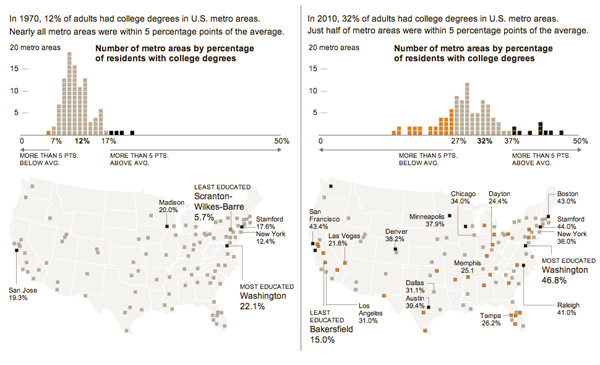
Credit for the piece goes to Haeyoun Park.
A few days ago the Golden Gate Bridge turned 75. I had been hoping to see an interesting infographic or two about the bridge and its history appear. Alas, none worthy of posting have made their way to my digital desk. So instead I am stepping into the time machine, really just a cardboard box with some drawn-on dials, and pulling out this piece from the San Francisco Chronicle.
It looks at suicides from the bridge by location over its history—up until the graphic was made obviously. I’ve linked to a larger version of the graphic rather than the Chronicle’s site, because their graphic is shrunk too small to be legible.
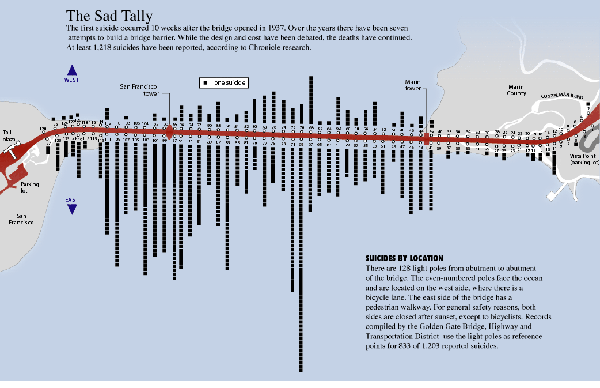
Credit for the piece goes to Todd Trumbull.